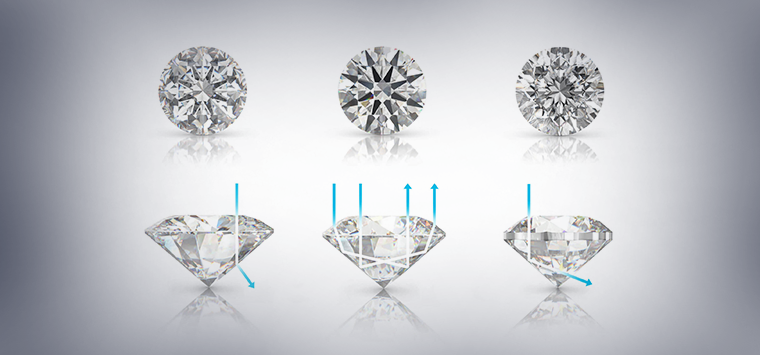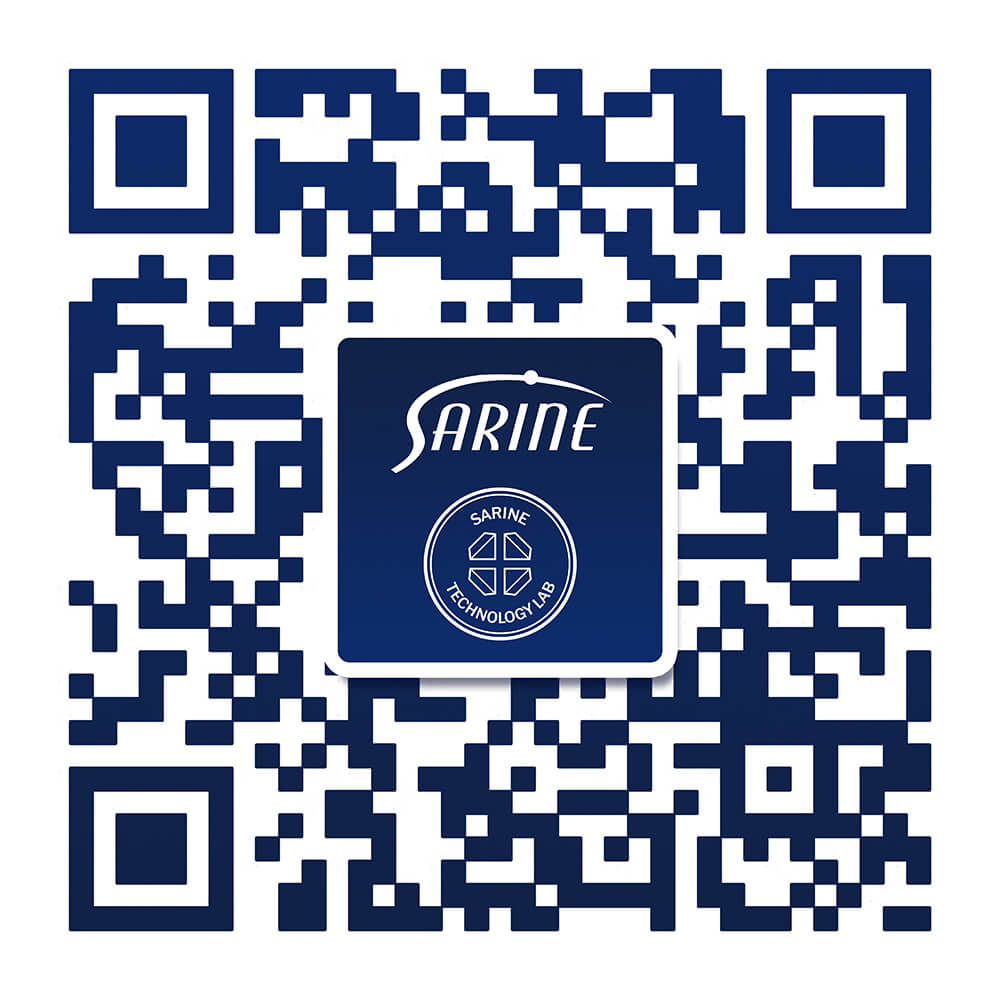This year, the diamond industry is celebrating the 100th anniversary of the “Brilliant Cut Diamond”. The round brilliant, which remains the most popular, classic diamond cut until today, was developed by a young engineer and diamond cutter called Marcel Tolkowsky, when he was just 19 years old.
The brilliant cut was the first scientific breakthrough of how to cut the perfect diamond. It consists of 57 facets, precisely planned and cut to optimize the way light bends and refracts as it enters and exits the diamond. This helps create higher levels of brilliance, fire and scintillation, and a more beautiful diamond.
Little did the world know then, a century ago, how Tolkowsky’s invention would transform the concept of diamond cuts, and how it would open up a world of possibilities for diamond cut grading.
What is diamond cut grade?
One of the 4Cs of the standard diamond grading scale, cut grade is a measure of the way a diamond is cut and polished. It is an indicator of the quality of a diamond’s proportions and symmetry. Diamond’s that have a high cut grade are more brilliant, display better light performance, are more appealing to the eye, and (depending on other grading factors), tend to be more expensive.
The diamond cut grading scale varies somewhat between diamond labs. The commonly used GIA cut grade is denoted on a scale ranging from “Excellent” to “Very Good”, “Good”, “Fair” and “Poor”.
Diamond cut grade is NOT diamond shape
Contrary to the belief of many consumers, diamond cut grade is not the same as diamond shape. Diamond shape refers to the style of cut, whether it be round brilliant, princess cut, cushion cut, oval cut or any of the numerous available shapes. However, diamonds of every shape cover the spectrum of the cut grading scale. For example, there are oval shaped diamonds that have very good cut grade, and there are oval shapes that have poor cut grade. Diamond cut grade attests to the quality and precision of the way a diamond is cut and polished, regardless of its shape or style.
Technology: The natural partner to advanced cut grading
When Tolkowsky invented the brilliant cut diamond, he did so with pure mathematical ingenuity, many decades before computerization. A century ago, it would have been impossible to believe the levels of precision and perfection in cut grading that future technology would deliver.
The first technology for cut grading was the DiaMension® by Sarine, which was brought to the market in 1992. The DiaMension rapidly became the standard for cut grading processes in diamond labs worldwide, and remains so today.
Rather than relying on manual, subjective and visual techniques, DiaMension used 3D digital modeling of the diamond to gather data about the diamond’s dimensions, proportions and symmetry. Since it was first adopted as the standard bearer for cut grading, DiaMension technology created waves that impacted the trajectory of the diamond industry over the past 30 years.
Unprecedented consistency in determining cut grade
Before the introduction of advanced diamond measurement technology, cut grading models of diamonds were only available in 2D, and many gem labs did not even have a cut grade standard. For the first time ever in the diamond industry, DiaMension offered the capability to accurately and consistently measure a polished diamond in 3D, enabling gem labs to build conventions for cut grading.
Automated cut grading for various lab grading standards
Add-on modules to the DiaMension enables manufacturers to incorporate different lab grading standards to their automated cut grading processes. In fact, Sarine has worked with different manufacturers, such as Tiffanys, to adapt the technology to specific cut grading standards, supporting extra-fine diamond quality assessment, according to their stringent needs.
Capability to develop new diamond cuts
High precision measurement of the proportions and symmetry of polished diamonds has given manufacturers the ability to reach far better levels of symmetry, finish and beauty. This innovation fueled customer demand for different kinds of cuts and opened up new avenues for manufacturers to advance their inventory with unique cuts.
In an interview with Mines to Market, Managing Director of Sarin India, Yoav Efrat, stated, “One of the market challenges today is to create the most accurate and repeatable grading that will instill confidence in consumers. Now, we know that technology can achieve this. A good example is the Cut grade, which used to be very inconsistent, but since the advent of automated Cut grading in the 1990s, it is now taken for granted that Cut grading is very consistent.”
Automation is a part of our everyday lives, and often, we take it for granted. Before the era of cut grading technology, it was extremely difficult to ascertain a diamond’s true cut grade. Today, with the help of computerized technology, consistency in cut grading has reached superhuman levels. One hundred years ago, Marcel Tolkowsky started the wheel rolling for precision and perfection in diamond cutting. Today, cut grading technology is fueling human aspirations for more beautiful, symmetrical, brilliant and perfect polished diamonds.





-1.jpg?width=310&name=blog_image%20(003)-1.jpg)





